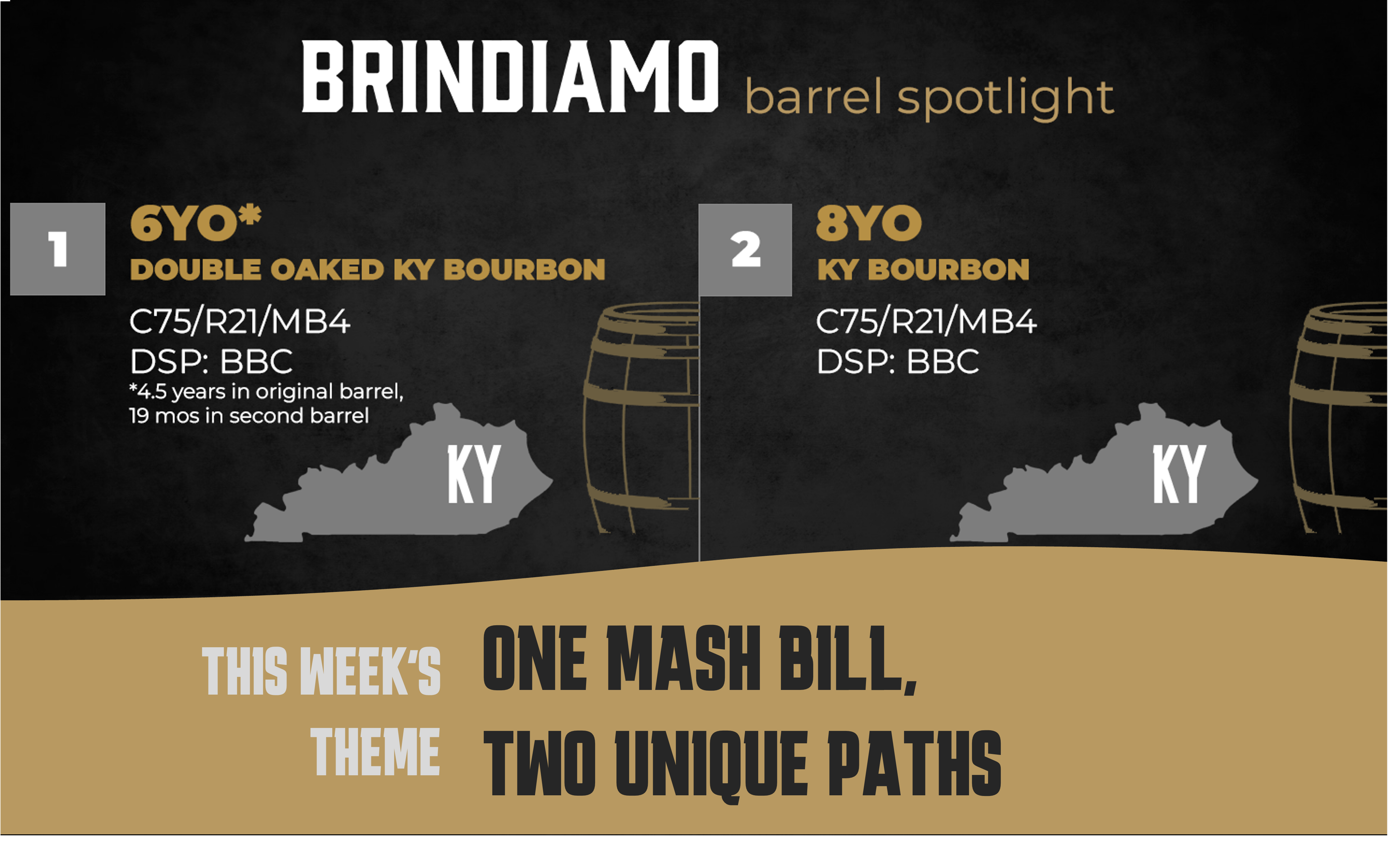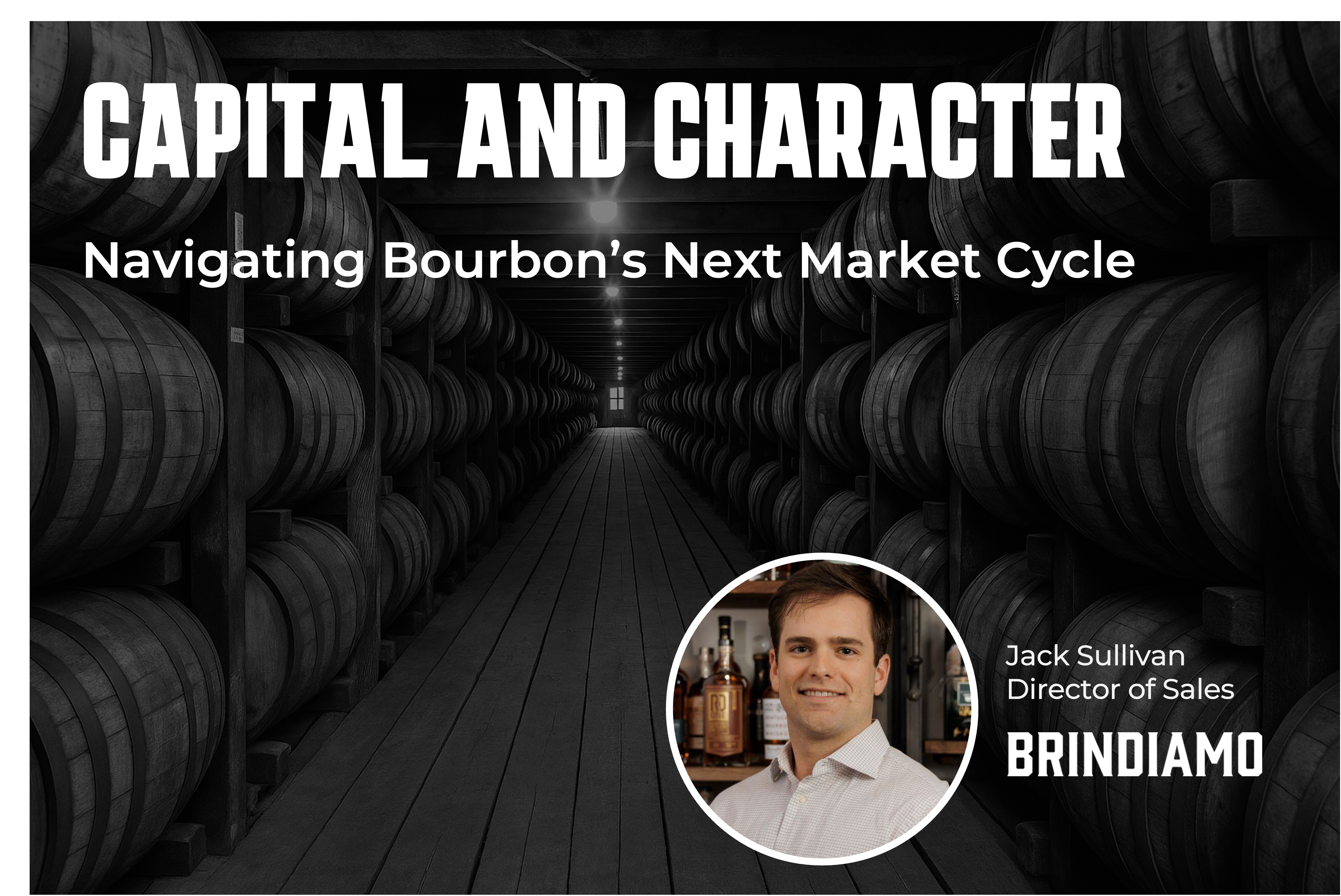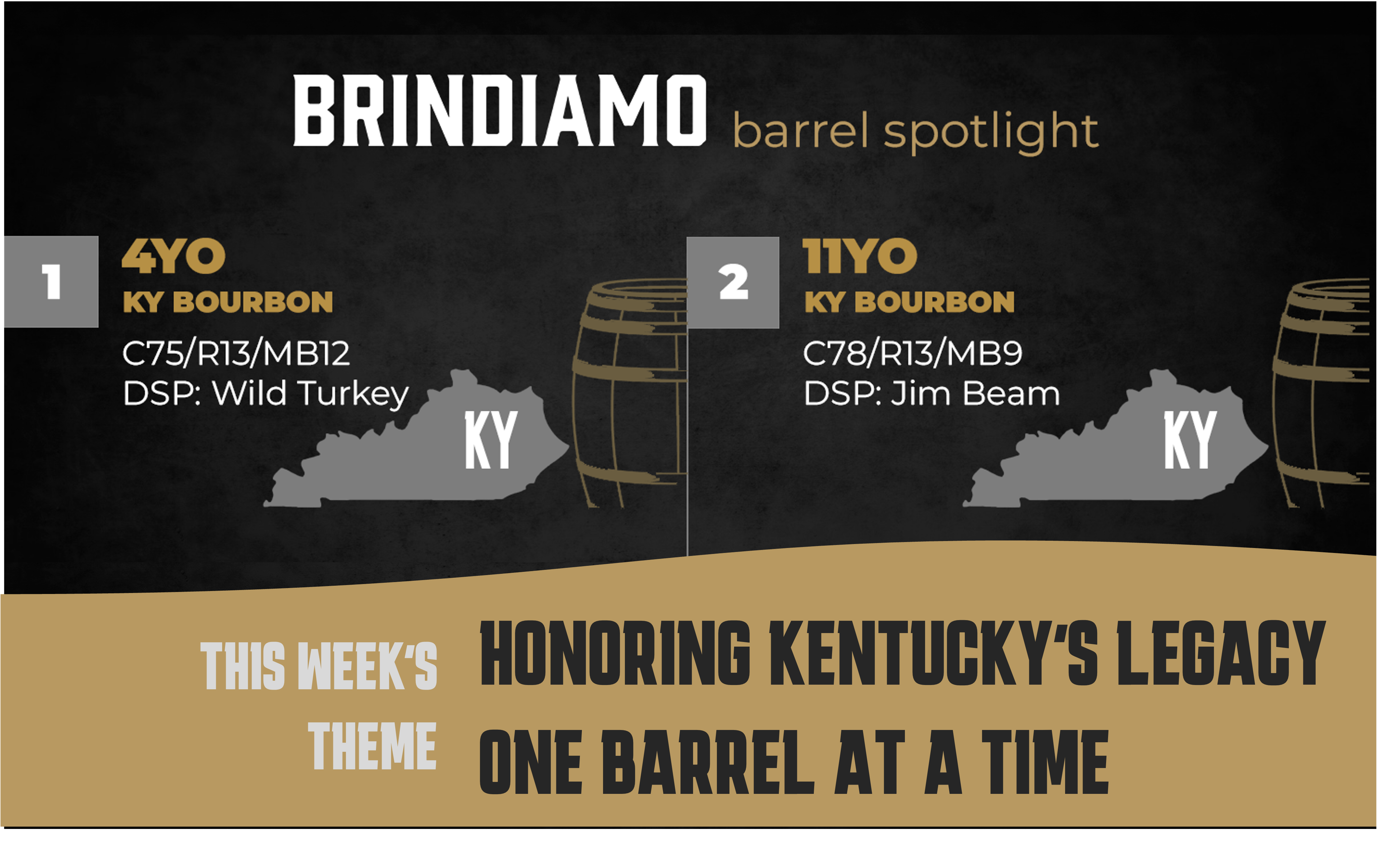Barrel Spotlight: One Mash Bill, Two Unique Paths
Welcome back to the Brindiamo Barrel Spotlight, our weekly email series highlighting the barrels, distilleries, and market dynamics shaping today’s...
In nearly every market sector, there is a sense of dominance. From television to groceries, established companies command significant market shares, making it challenging for smaller businesses to compete. However, the adult beverage industry presents a different landscape. Thanks to certain laws and regulations, smaller craft breweries find it easier to enter the market. Since 2008, craft beers have experienced a consistent growth trend. Despite a decline in the national consumption average in the U.S., these breweries continue to thrive.
In the history of alcohol, it served as a vital necessity. Back in the prehistoric era, people relied on consuming alcohol to progress through life. Surprisingly, it even had some safety benefits. Alcohol has the ability to kill bacteria, unlike water from streams or bodies of water which posed risks of contamination, bacteria, or other harmful particles. With fermented drinks, these risks were eliminated.
The beverage lasted longer than some fruits and vegetables that were hard to store for long periods without refrigeration. Experts attribute successful societies to those who are proactive. Splitting the crops between consumption and fermentation was vital to sustaining life. Once settlers started heading towards America, the practice of distilling alcohol became a little more sophisticated. But, we can’t deny alcoholic beverages were woven into our history, fulfilling economic and societal needs.
It’s impossible to talk about craft brewing without touching on the prohibition era. Advancements began to take place with the storage and maintenance of our food and water. The practicality and safety alcohol provided society began to dwindle. Consumption was purely for pleasure. Prohibition began when some society members believed it to be “the devil’s brew.” Before prohibition, laws were lax across the country. Thousands of breweries and distilleries existed, crafting beers, wines, and spirits. The 18th Amendment suppressed these facilities, and the 21st Amendment condensed them. After the ratification, states were handed the right to control production and distribution.
From WWII onwards, the American food and beverage culture changed dramatically. Processes that were once long and tedious were replaced with very fast, very efficient methods that were pre-packaged, prepared, and processed. However, this also led to a decline in our relationship with food and beverage. We were so far removed from the steps it took to get to our tables. The estrangement gained momentum throughout the 50s, 60s, and the beginning of the 70s when an embargo was placed on oil. The U.S. employment rate sky-rocketed. Coincidentally, with the decade, the number of breweries began to increase as well.
As the economy began to decline and unemployment rates rose, there appeared to be a shift in consumer preferences. During this period, consumers showed a desire to reconnect with the environment, leading to a rise in farm-to-table and craft brewing trends. While previous decades were marked by growth and prosperity, the downturn seemed to spark a renewed interest in reconnection. Despite a stagnant period for craft breweries during the 90s and early 2000s when the job market improved, by 2008, the industry experienced a surge in replication.
Between 2008 and 2016, it expanded by a factor of six with a 120 percent job increase. In 2017, nearly 70,000 breweries existed across the country. An amazing feat when you consider the consumption average was at its lowest in history. It seemed people were drinking less beer, but those who did were willing to pay a premium. MillerCoors, Heineken, Anheuser-Busch, Pabst, and Diageo, which owns Guinness, saw sales drop by 14%, giving way to more craft establishments. “We’ve seen three primary markers in the rise of craft beer—fuller flavor, greater variety, and more intense support for local businesses,” said Bart Watson, the chief economist at trade group Brewers Association.
Even with craft breweries on the rise, how was it possible for them to compete in such a market with names like Anheuser-Busch or MillerCoors? These entities would have bottomless pockets dedicated to marketing and advertising their beverages. It all has to do with the three-tiered system. After ratification of the 18th Amendment, states wanted to eliminate “tied houses.” A “tied house” included the brewer and bar under one roof, creating a monopoly. The government wanted to promote safer drinking habits and constructed the three-tiered system. The producer sold their beverage to the middleman (distributors) who sold it to retailers/bars, tiers one, two, and three. The system didn’t just affect control but promoted variety. Laws are now in place that make it illegal for alcohol companies to buy premium shelving space or to gift retailers for adding their products to premium locations. These checks and balances made it possible for craft brewers to compete with legendary giants.
The craft brewing occupation isn’t slowing. The best way to get your beverage to market is with expert guidance from alcohol beverage industry professionals like Brindiamo Group. From business plan development to branding opportunities, there is a myriad of ways you can promote your craft brewing company favorably.

Welcome back to the Brindiamo Barrel Spotlight, our weekly email series highlighting the barrels, distilleries, and market dynamics shaping today’s...

The market for bourbon barrels is bifurcated. Over the course of the last 24 months, the conversation has shifted from how to find whiskey to how to...

Welcome to the Brindiamo Barrel Spotlight, our weekly series celebrating the barrels, distilleries, and market dynamics shaping today’s whiskey...
.png)
Craft beers have always been about breaking away from traditional commercial beer trends and focusing on creative, delicious, and innovative brews....

At Brindiamo, we believe that every whiskey tells a story. Our Flight Spotlight series showcases curated whiskey experiences that highlight...

Exploring the world of craft Irish whiskey brands and established Bourbon producers, we delve into some of the recent significant whisky...
.png)
Join the conversation
Leave a comment below.